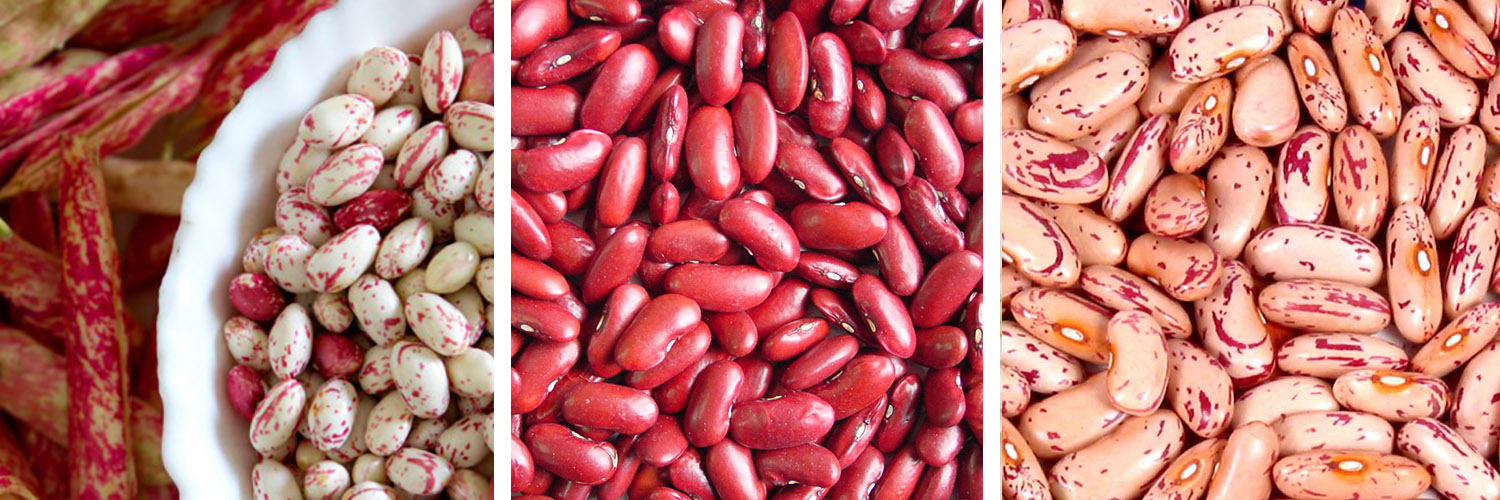Pinto Bean
The pinto bean is a variety of the common bean (Phaseolus vulgaris).
It is the most popular bean in the United States and northwestern Mexico, and is most often eaten whole in broth or mashed and refried. Either whole or mashed, it is a common filling for burritos. The young pods may also be harvested and cooked as green pinto beans.

In Spanish, they are called frijol pinto, literally "speckled bean", and in South America it is known as the poroto frutilla, literally "strawberry bean". In Portuguese, they are called feijão carioca in Brazil (literally "carioca bean") and feijão catarino in Portugal. It is named for its mottled skin (compare pinto horse), hence it is a type of mottled bean.
Health Benefits:
Pinto beans are a very good source of cholesterol-lowe
